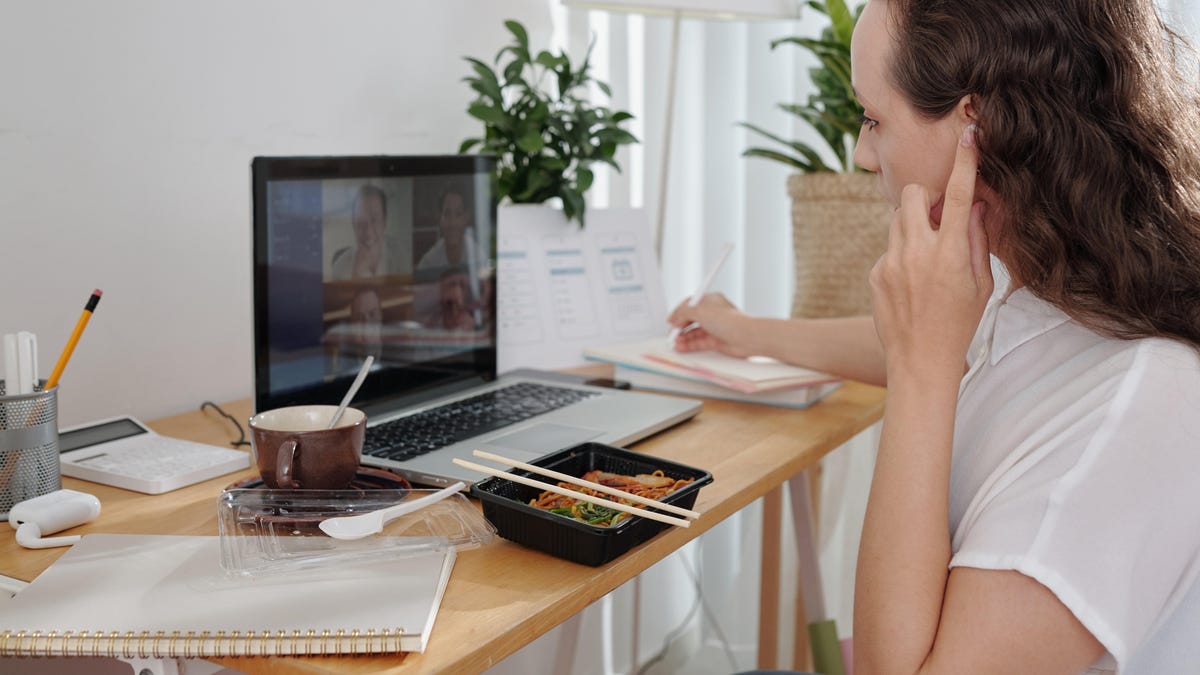Multitasking Makes You Worse at Everything

At first blush, the concept of multitasking sounds dynamic and pretty cool—after all, the word originated during the computer boom of the 1960s and retains its connotations of over-competence and over-achievement. We are all obviously capable of multitasking at once and have limited time in our busy lives, so we were happy to embrace the idea that multitasking is an efficient way to navigate our lives.
This is perception. The reality is quite different: it turns out that multitasking is actually counterproductive , and even its name is a misnomer. The human brain can’t focus on more than one project or task at a time, so when we’re juggling a dozen things at the same time, we quickly switch between tasks. And studies have shown that when we switch from one task to another, we experience a noticeable drop in performance and productivity. Multitasking can make you feel like you’re doing everything, but it’s also likely to produce mediocre results.
There is a better way: monotasking.
Single-tasking better matches how our brains work
Multitasking is actually something of an illusion. In fact, we do not focus – and cannot – on several things at the same time. Multitasking is simply the quick shifting of our attention from one task to another. Our brains are actually wired to focus deeply on one thing at a time, and following this natural tendency leads to much better results for individual tasks.
Simply put, monotasking is the best approach. When we are monotasking, we focus on one task until it is completed (or until we hit a natural stopping point). Only then do we move on to the next task. The benefits of monotasking include a few simple concepts:
- Deep work. This entails spending significant time on tasks instead of diving in and out of them. For example, instead of writing this report at 20-minute intervals while doing four other things at the same time, you set aside four hours to continuously work on it. This allows your brain to focus effectively, which will pay dividends in terms of the quality and efficiency of your work.
- Eliminate distractions. The brain is programmed to single-task, but it is also programmed to be distracted. If you schedule four hours for this report, but aren’t busy with your email, text messages, and social media, every time you hear the alert, you’ll be distracted from your task – essentially, you’ll be multitasking against your will. Effective single-tasking requires eliminating these distractions so you can truly focus.
- Planning . Another aspect of your brain’s natural function is efficiency cycles. You probably already know that every day there are periods when you are clear and focused, and periods when you are sleepy and less busy. Being aware of your own patterns of mental acuity is critical when monotasking—it makes no sense to schedule four hours of writing a report in the early hours of the morning when you know you are not a “lark” and never will be. Another aspect of this is your attention span—we all have it, and it varies. After a certain point, you will naturally lose focus a bit, and knowing when that will happen is key. If you find yourself constantly daydreaming after half an hour, schedule your mono-tasking in half-hour increments.
Manage your environment
The key aspect of monotasking is the purposeful formation of the working environment. Whether it’s your home office, office-to-office, or local Starbucks, your goal is to reduce distractions and clutter so you can enter what psychologists call a ” flow state ,” when your attention is so narrow that all other worries and interests temporarily disappear. .
It’s nearly impossible to enter a flow state when multitasking, but when you’re focused on a single task, it can improve your productivity.
Things to consider when planning a single-tasking day:
- Turn off devices. It has been demonstrated that being distracted by email or other notifications while working on a task costs you about 20-25 minutes in terms of attention loss. Basically, if you’re distracted by notifications, you’re unwittingly forced to multitask. The easiest way to deal with this is to turn off your phone and other devices, or at least set them to Do Not Disturb.
- Preparing your space. Wherever you work, take steps to eliminate distractions and help you focus. Using apps and other tools that block internet intrusions or discreetly remind you to stay on task, as well as turning off notifications on apps like Slack, can help. Another tactic is to make sure you have everything you might need – coffee, snacks, water, whatever tools you will be using during the session – so you don’t have a reason to get up and leave, breaking your concentration. .
- Plan breaks. Single-tasking does not mean that you have to work on the same task for four hours without any relief. Breaks are helpful and probably necessary – it’s not about staying focused for a certain period of time, but about staying on one task during that period. Scheduled breaks are not a distraction, they are self-care. Use a system like the Pomodoro Technique to insert scheduled specific breaks to stay fresh. The main thing is not to use these breaks for other tasks (even to check the phone). Use them to stretch your legs, grab a bite to eat, or just think and meditate a little. Then return to your task.